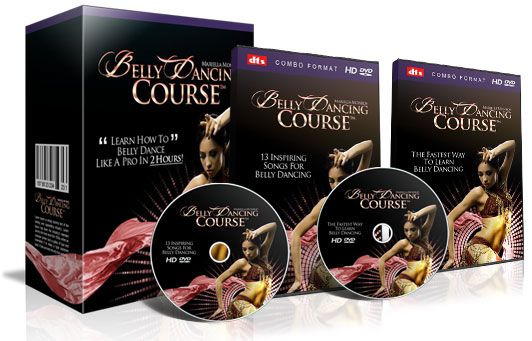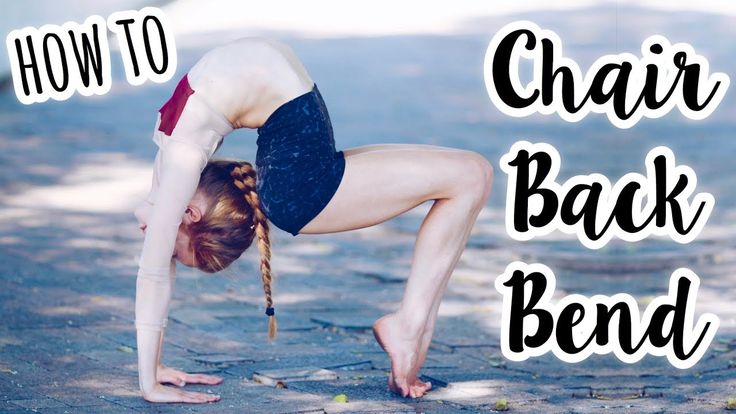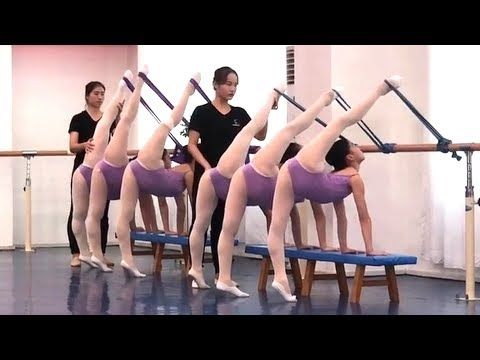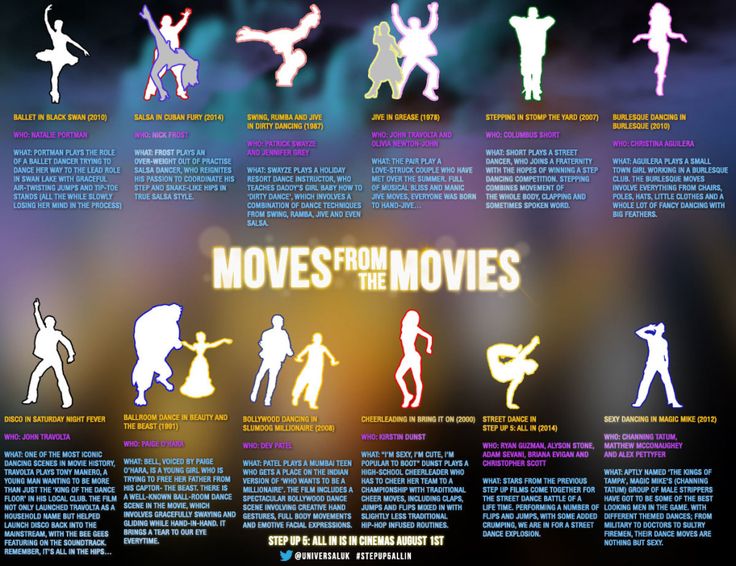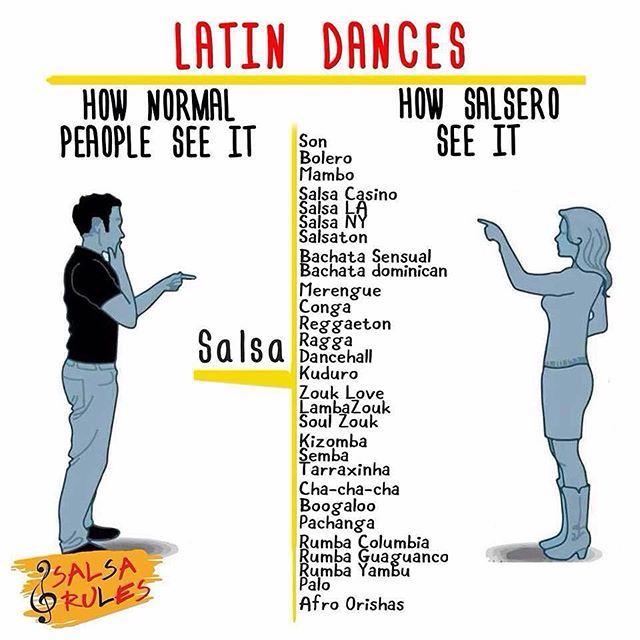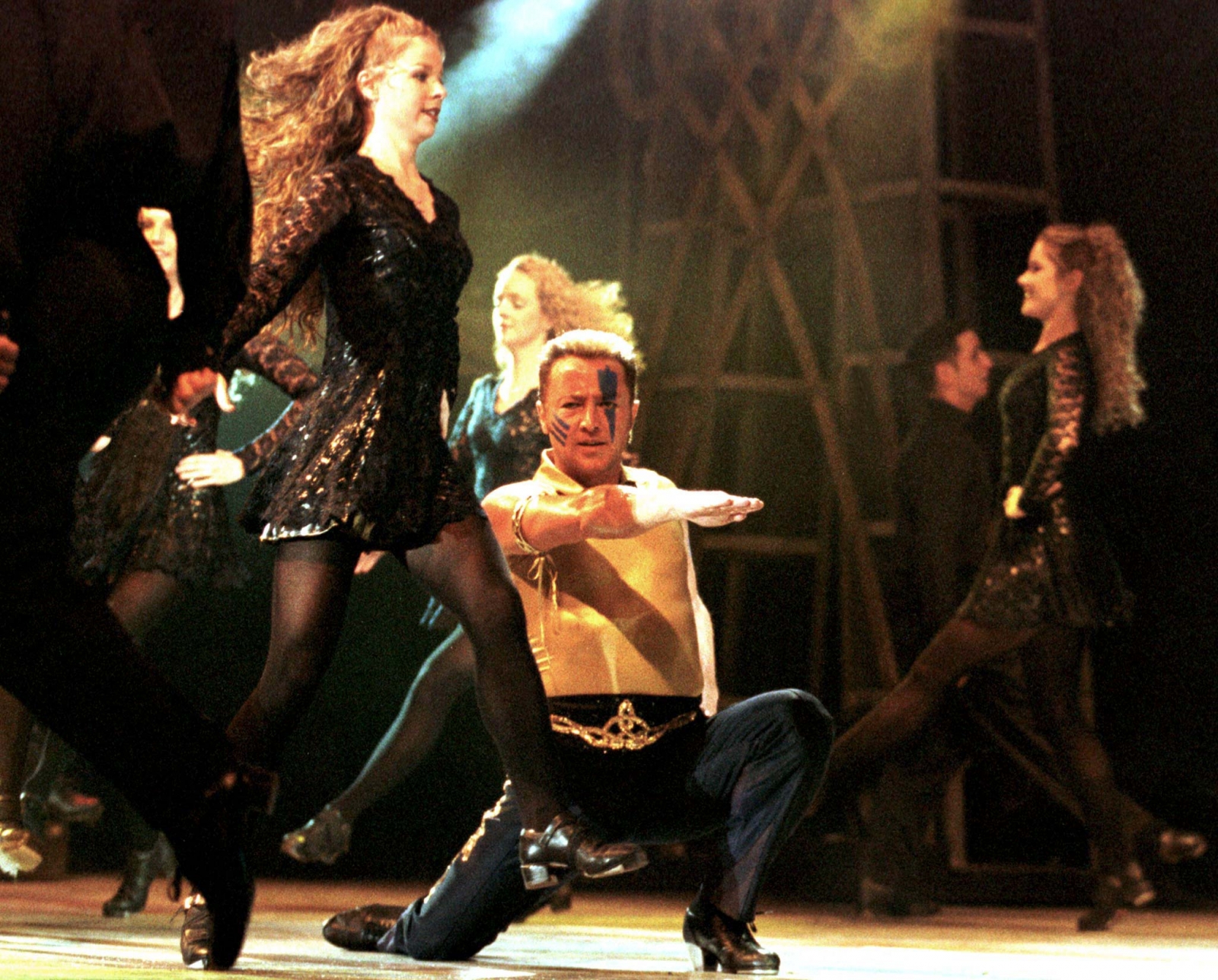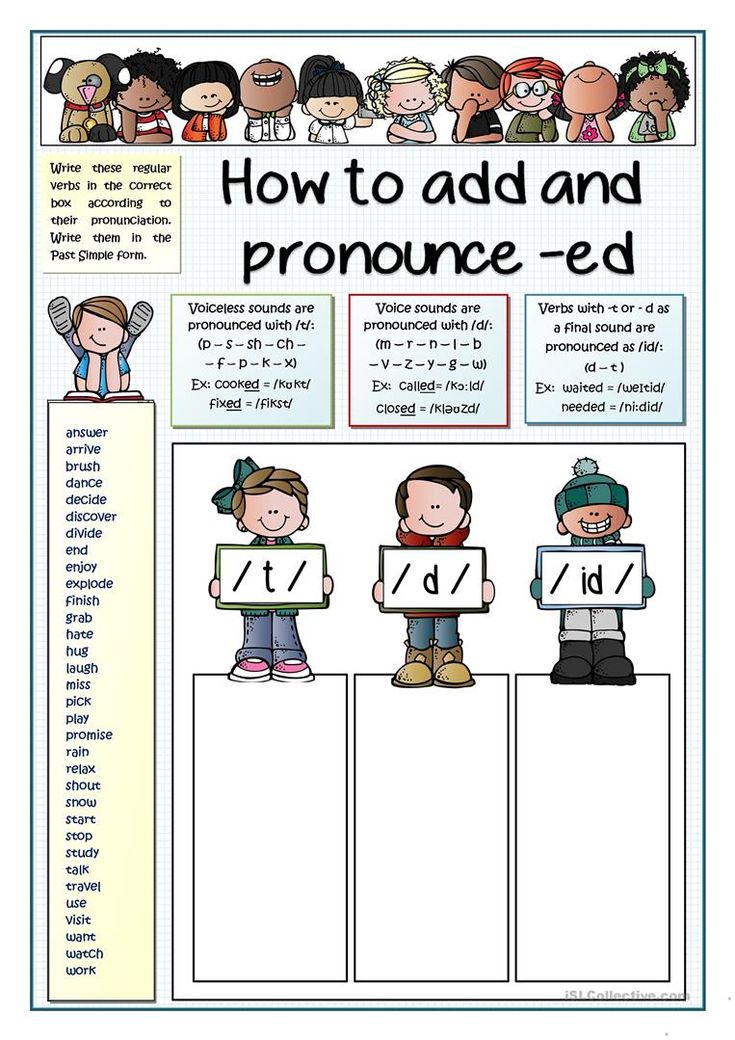How long does it take to learn a dance routine
5 Dance Tips For Picking Up Choreography Fast
Being able to pick up choreography fast is something you can train and get better at.
So even if you feel defeated from not being able to keep up and falling behind in class, don't lose hope!
Use these tips each time you learn a piece and you'll notice how you're able to pick up choreography fast, without trying as hard.
1. DON'T watch the choreographer
Do you have a habit of staring straight at the choreographer when you learn, mirroring their moves every time they demonstrate?
And then, once you dance without them, you probably feel lost and confused.
In order to pick up choreography fast, you have to get your body to get used to the movement.
Learn with your eyes, but practice with your body.
This means studying the choreographer first to properly understand their movement, execution, and timing, but not relying on them to regurgitate the piece.
Push yourself to reduce the amount of times you watch the choreographer before you try it without watching them.
You'll start to pick up choreography fast by taking the training wheels off (not watching the choreographer) earlier in the class.
2. Mess up, then move on
The choreographer is in control and sets the pace of things in a class, but sometimes you can’t keep up.
Maybe there’s that one move or combo that keeps messing you up.
Which makes you keep reviewing it again and again, missing the next move, and then the next...
We have a tendency to be fixated on trying to execute every single move perfectly, but sometimes you have to settle for “close enough” and move on.
You can always come back and improve upon it later.
Go over what you need in between gaps of instruction to make the most of your time, but don’t let it stop you from learning the rest of the piece.
3. Don’t dance and
just watchThis is a little counter-intuitive... Don’t dance?? In a dance class?????
However, sometimes there are details your eyes can catch that the choreographer won't explicitly teach.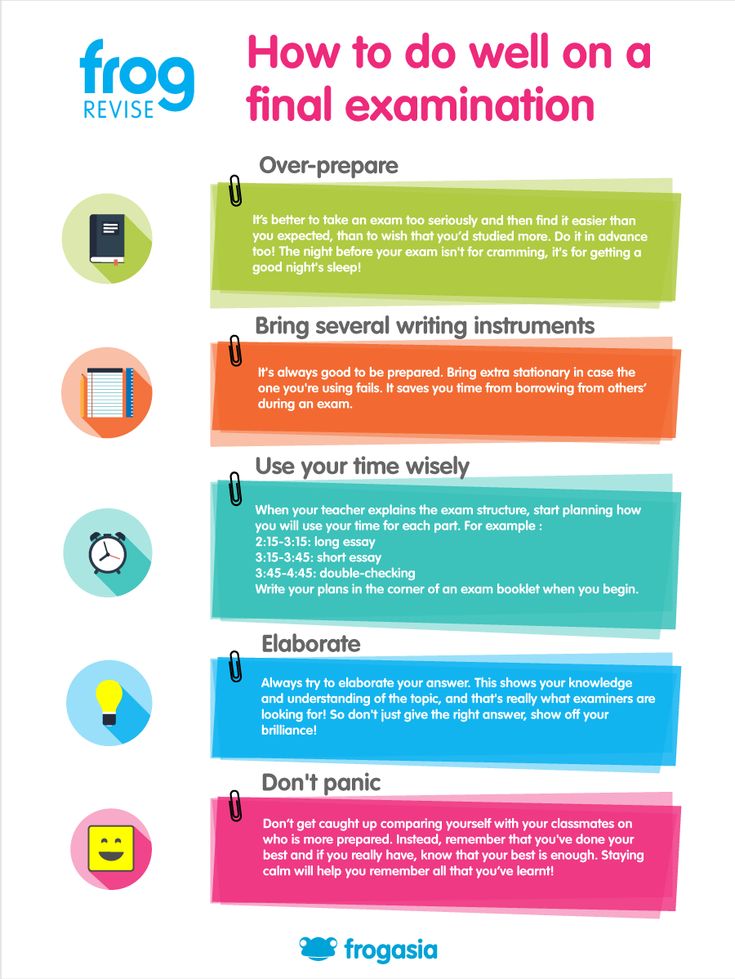
If they were to explain every single little detail you’re supposed to be executing, then classes would take days.
So catch your breath for a second and really watch what the choreographer is doing.
Not only will you pick up choreography fast, you'll learn to embody the mood, timing, and character much better – which are more important than the exact body placements, anyway.
4. Take multiple classes in a day
When it comes down to it, the ability to pick up choreography fast does require your brain to do some training. Taking multiple classes is a huge strain mentally and physically, and that's the exact how it teaches you to pick up choreography fast.
Don't live around any studios? No worries. Here's How To Learn Dance With No Dance Classes In Your Area
5. Expose yourself to more styles of dance
There are those moments when you get stuck on a move that everyone else seems to get.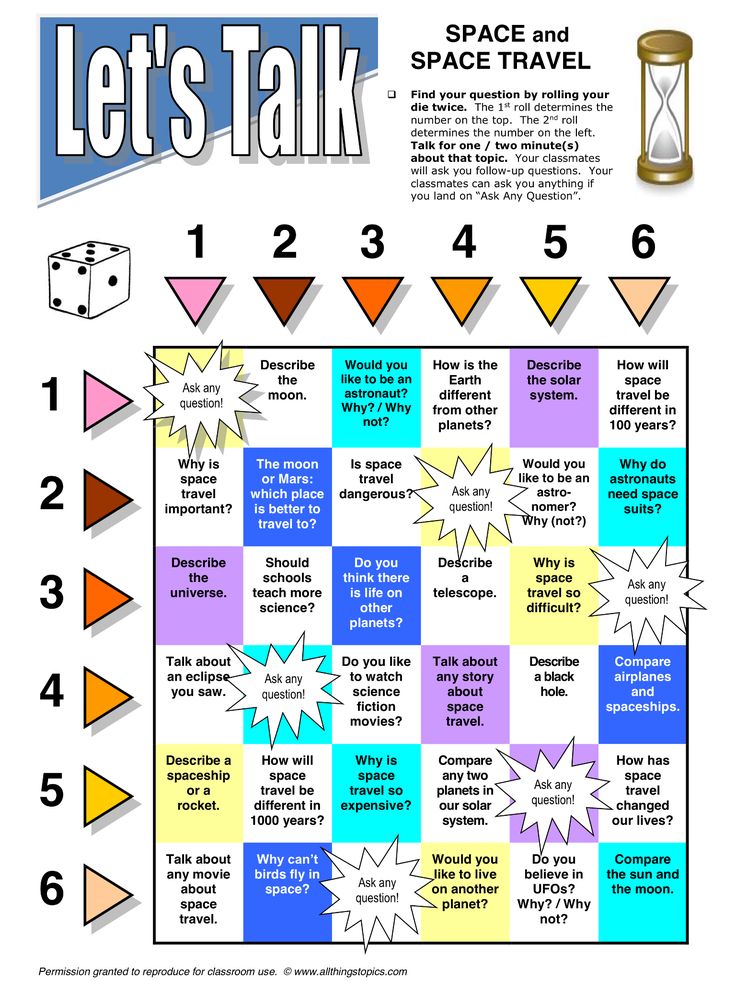 ..
..
Maybe it's a Loose Leg or a Hip Hop groove – but you’re not trained in that style.
In order to pick up choreography fast, it helps to have an expansive range of dance vocabulary.
Being comfortable with moves from different styles will make it much easier to pick up choreography fast because those moves are already ingrained in your muscle memory!
So practice and perfect any moves you come in contact with, because you’ll never know when they’ll come up in another combination.
Clay and Jessie give more tips on how to pick up choreography fast – watch this video!
Did these help you out? Have your own tips to learn choreography faster? Leave a comment below!
Dancing and Driving. How Long Does it Take to Learn to Dance?-DanceSport Club
People considering starting to dance have one question on their mind – “how long will it take to learn to dance?” It’s a legitimate question.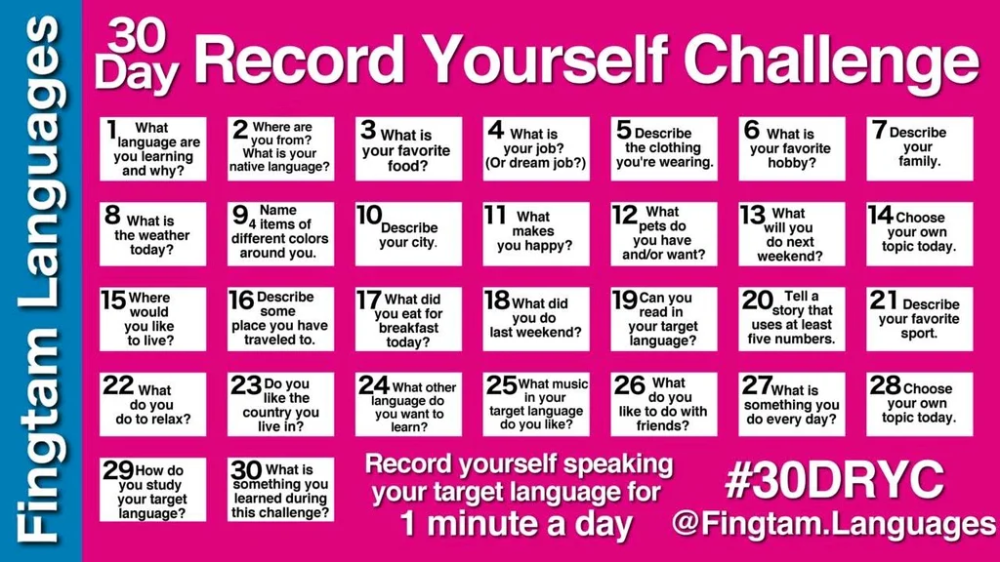 Before starting anything new, you want to know approximately when you will achieve your goals.
Before starting anything new, you want to know approximately when you will achieve your goals.
We have people purchasing our “New Student Special” private dance lessons package (it is 6 lessons) and immediately asking “You guarantee I will be able to dance after 6 lessons?” Normally period of silence follows that question and then we have to explain certain things to clarify the situation.
What does driving have to do with dancing?
Do you remember how you learned to drive? Was it easy or was it difficult? Did it take some time to get comfortable driving in busy morning traffic? Did anybody teach you how to drive? Think about those questions for a minute.
Driving is a skill that most people learn at some point in their lives. It takes patience, time and focus to get it. So is dancing. Dancing is a skill that takes patience, time and focus to get it.
1) Many people are just social drivers. They drive from work to home, to grocery store, maybe somewhere further once in a while. Social drivers learn enough to get by. Similarly do many social dancers. They learn enough to dance at a social dance with someone they may not know, with music, maneuvering on the dance floor. Those dancers take some group dance classes, maybe occasional private lesson and go to social dance to practice and have fun.
Social drivers learn enough to get by. Similarly do many social dancers. They learn enough to dance at a social dance with someone they may not know, with music, maneuvering on the dance floor. Those dancers take some group dance classes, maybe occasional private lesson and go to social dance to practice and have fun.
2) There are also professional drivers that drive for a living such as bus drivers, truck drivers etc. They invested more time to learn how to drive better, how to drive bigger cars, how to drive in more difficult situations. Similarly, there are better dancers that are more comfortable at the social dance, who can dance more complicated moves, who might have done a performance or two. Those dancers spend more time taking private dance lessons and practicing.
3) Finally, we have very few very high level drivers such as NASCAR or Formula-1 drivers. They spend most of their lives driving and perfecting their skills, which are essential at the high speed and course difficulty they are driving at. Similarly, there are a few very high level dancers, who spend most of their time practicing and taking coaching lessons so they can perform at the highest level from time to time at the competition.
Similarly, there are a few very high level dancers, who spend most of their time practicing and taking coaching lessons so they can perform at the highest level from time to time at the competition.
So, how long will it take me to learn to dance?
Since we determined that dancing is a skill it will take some time for you to learn it. Be patient. How long it will take, depends on your time commitment, your resources and what you expect to learn. There are several factors that may affect your dance learning curve.
1. Do you have previous dance experience?
It surely helps if you have background in other dance forms or even sports and fitness. This is because you may have better body awareness, fitness level and flexibility. Athletes many times tend to have a better core and body movement control. Ballet, jazz and contemporary dancers may have it easier than others when learning steps and doing them with music. However, even they have to learn some new concepts especially when it comes to dancing with a partner.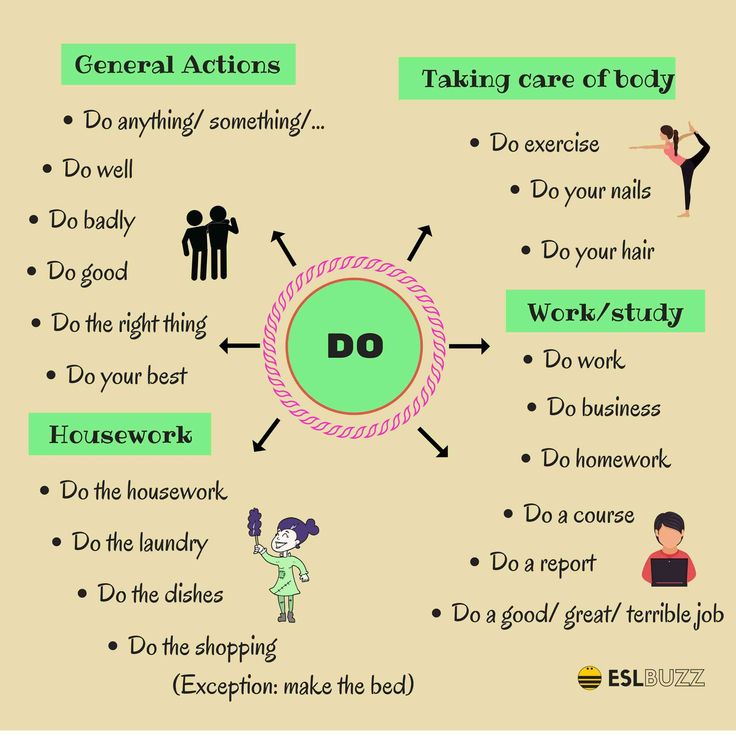
Even if you do not have any dance or sports background, you can still learn to dance. Many beginners, like you, don’t have any background at all. But they can still learn to dance by being determined and practicing a lot.
2. Quality of your classes
We cannot overstate the importance of having good dance instructors. Luckily, at DanceSport Club, we have skillful and patient dance instructors who work well with beginners.
Whether you attend group dance classes or private dance lessons, we encourage you to pay outmost attention to the information your teachers provide. Plus, as much as possible, be consistent with your attendance. Unlike in college, you will not have a buddy from whom you can borrow lecture notes from.
3. Number of Hours Practiced
To retain most of the information from your dance classes, we recommend practicing at least a couple of hours between your dance classes. Practicing will ensure that you retain information you already have and are ready to move forward. If you do not practice, we would have to re-teach the same material over and over again which will slow down your progress.
If you do not practice, we would have to re-teach the same material over and over again which will slow down your progress.
However, practicing does not have to be a one-time 2-hour thing. It may be better to practice a little every day, such as 15-30 min. This way you will ensure more repetition and will not be too tired after every practice.
In addition, you do not need a partner to practice! Knowing your own steps and being able to perform them is very important.
4. Exposure to Dance Music
Unless you have some musical instrument training you may initially have problems with music. Simply finding the beat is sometimes (not always) difficult for beginners. Dancing to the beat makes it even more challenging, especially if the music is faster such as ChaCha or Salsa.
However, it is not that difficult to learn how to recognize the beat in the music. Like everything else in dancing, you just need some time and practice.
Thus, we highly recommend that you listen to dance music on a regular basis. Listen to it while driving to work. Try to find the beat. The more you listen and try, the easier it will be to find the beat while dancing.
Listen to it while driving to work. Try to find the beat. The more you listen and try, the easier it will be to find the beat while dancing.
In Conclusion
Always remember how you learned to drive. Most likely it did not come overnight. Therefore, do not expect miracles when it comes to learning to dance. Have some patience. As when you learned to drive, you should be able to learn basics of a dance if you dutifully take lessons and practice.
With right dance classes and regular practice on your own, you should be able to learn the dance basics. You should listen to dance music and practice on your own outside of class to facilitate your learning.
Don’t forget to enjoy the learning and have lots of fun on the dance floor!
Dancing from "A" to "Z": where, when and how?
Do you like to dance? Or maybe your child loves to dance? Then, for sure, you wondered about choosing a dance school, thought about where and in what direction it would be better to go yourself or give your child away. In this article, we have collected all the main questions related to dancing classes. Vladimir Sheremetiev, teacher and choreographer with sixteen years of experience, author of many materials on the history and technique of performing various dance styles, director of the Step Forward contemporary dance studio, Chelyabinsk, answers them. So, let's begin! nine0004
In this article, we have collected all the main questions related to dancing classes. Vladimir Sheremetiev, teacher and choreographer with sixteen years of experience, author of many materials on the history and technique of performing various dance styles, director of the Step Forward contemporary dance studio, Chelyabinsk, answers them. So, let's begin! nine0004
- At what age is it better to send a child to dance?
Much here depends on the individual characteristics of the child, on the format of classes and on the dance direction that you choose for your child. If we are talking about children's dance classes, then you can try to start practicing at the age of three with the indispensable condition that the classes themselves will be held in a playful way, and a professional will work with the child.
At the same time, the question of individual characteristics and development remains open, because not all children at the age of three are ready for classes without the presence of their parents. However, by the age of four, the vast majority are already quite successfully engaged in children's dance, they enjoy the lessons very much and have good results. Therefore, the answer to this question is this - send your child to a dance studio from the age of three or four and choose groups for children's dance. About why it is worth giving the baby to this particular direction, we will talk a little later. nine0007
However, by the age of four, the vast majority are already quite successfully engaged in children's dance, they enjoy the lessons very much and have good results. Therefore, the answer to this question is this - send your child to a dance studio from the age of three or four and choose groups for children's dance. About why it is worth giving the baby to this particular direction, we will talk a little later. nine0007
— At what age is it not too late to start dancing on your own?
Practice shows that it is never too late to start exercising yourself, it all depends only on your motivation, as well as on your health. Of course, starting breakdancing at sixty will probably be very difficult and traumatic. Therefore, decide which direction you like and which one is suitable for medical reasons. If you do not take age extremes, then you can say with confidence that middle age is not a hindrance. Even starting at thirty, you can achieve very good results in many types of dances, for example, in street directions.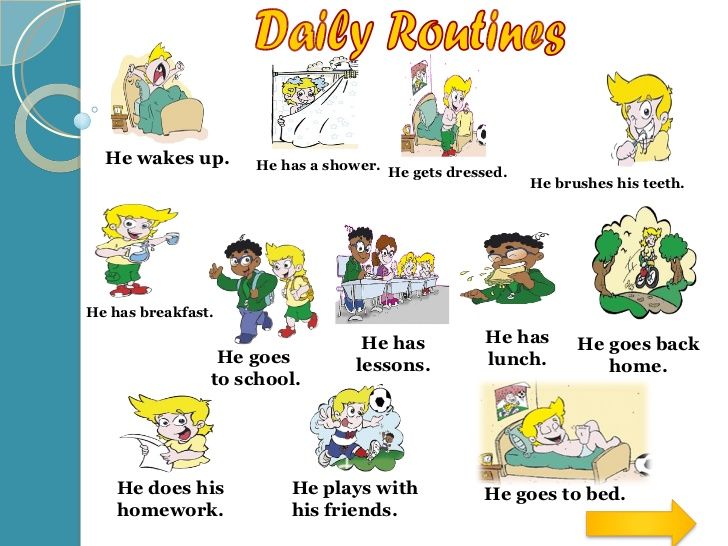 Therefore, do not deny yourself and do not refer to the years, if you dream of becoming a good dancer, the power of your dream can work wonders. And if we are talking about classes for yourself and for the soul, come to the hall, no matter how much you have. nine0007
Therefore, do not deny yourself and do not refer to the years, if you dream of becoming a good dancer, the power of your dream can work wonders. And if we are talking about classes for yourself and for the soul, come to the hall, no matter how much you have. nine0007
Summarizing the above, the answer will be this: when practicing as a hobby, there are no age restrictions for any dance direction. Most importantly, try to get into the group of your age so that it is comfortable to practice.
If you want to achieve certain results, to dance semi-professional or professionally, then for street dances, such as hip-hop, popping, locking, etc., middle age is not a contraindication, on the contrary, you can learn to dance well at this age, you can achieve certain heights and gain public recognition. In the case of choreography, modern, ballet, as well as breakdancing, due to the high requirements for physical form, it is advisable to start at least at student age. The same goes for ballroom dancing. nine0007
nine0007
- Should I give the baby to hip-hop or breakdance?
A very interesting question often asked by modern parents. Hip-hop and breakdancing are all over the place now, they are shown on TV, children watch and try to repeat the bright movements. But does it make sense to send a baby, that is, a child under 6 years old, to these types of dances, is it worth paying for such classes? Our opinion boils down to the fact that it is definitely too early to dance hip-hop or breakdance at this age. If you want your child to not just jump at home and in the gym, but really learn something, it is better to enroll him in a children's dance. There are several reasons for this:
First of all, both hip-hop and breakdance are technically quite complex and young children usually do not have enough attention and concentration to learn the elements correctly. It is necessary to send the child to a place where he is given material of adequate complexity that he is able to perceive. For even if you enroll him in a dance group just for the sake of the child spending energy, then isn’t it better to combine this waste of energy with learning something useful, something that he can adequately learn in his three to five years? nine0007
For even if you enroll him in a dance group just for the sake of the child spending energy, then isn’t it better to combine this waste of energy with learning something useful, something that he can adequately learn in his three to five years? nine0007
Secondly, at this age, children need to be engaged in a playful way according to appropriate methods, and street dancing does not imply this. Toddlers need to be given rhythm, develop physical abilities and coordination through activities that they understand and for which they are ready.
Now there really are dance schools that take students to hip-hop almost from the age of three. But you need to understand that this is done only because of the presence of demand in the market, because demand dictates supply. There will be no real benefit in three or four years from such classes. On the contrary, an inexperienced and young teacher, of whom there are a lot of street dance teachers, can bring certain harm, discourage the child from any desire to dance in principle. nine0007
nine0007
So if your kid really likes street dancing, be patient for a couple of years, but until then, send him to a children's dance. There he will spend this time with benefit and, subsequently, he will come to hip-hop or breakdance with good preparation.
— What are the criteria for choosing a dance school?
Despite the fact that there may be several main criteria for choosing a dance school, the main one will always be the professionalism of the teaching staff. And here you need to pay attention to the following factors:
1) Mentor's age. Dancing and teaching dance is for the young, so basically it's okay if your choreographer is only in his early twenties. But if he or she is under twenty and is teaching children, then it makes sense to consider what such a young person can really teach a child - although, of course, there are exceptions. In the case of classes for adults, here, as a rule, everything is not so strict, because it is usually easier to find an approach to accomplished people. But, one way or another, you need to pay attention to it. nine0007
But, one way or another, you need to pay attention to it. nine0007
2) Vocational education. Ask if the teacher has a professional education in the dance field or if he is currently receiving it. When it comes to choreography, ballet, modern, ballroom dancing, secondary special or higher professional education is a big plus. If we are talking about street dancing, hip-hop or breakdancing, then there are no such subjects in educational institutions, so you should pay attention to other things.
3) Achievements. Many dancers, especially young people, like to brag about their own achievements at various competitions and festivals, prizes, trips, and so on. However, let's remember that the victory of a person in any dance event, although it speaks of his own dance level, does not mean at all that he is a good choreographer, works well with children and can really teach dance. Therefore, it is worth paying attention to what results the students of this choreographer achieve. nine0007
4) Manner of communication. In our opinion, this is one of the most important criteria. A person must be able to communicate competently, find a common language with children and adults, and be bright. Then you will like classes and this will give additional motivation to classes.
In our opinion, this is one of the most important criteria. A person must be able to communicate competently, find a common language with children and adults, and be bright. Then you will like classes and this will give additional motivation to classes.
In addition, a good dance school always has a system of teaching dance, programs that teachers work on, and intra-school events that you can and should attend. If this is the case, then the school management is really working for the good and it is worth enrolling in such a studio. nine0007
Among other criteria for choosing a dance school, we note the convenience of the location and the adequate cost for the services provided. But still, let's say that the main thing is always the mentor himself and the general system of work built in the dance school. It is better to overpay for quality and a good result than to give a lot of money and be disappointed. Therefore, analyze, understand whether you and your child like the classes and do not be afraid to praise the studio and its employees who really work for you. nine0007
nine0007
— What should I wear to dance classes?
The question is purely technical. It all depends on the style of dancing that you will be doing. For choreography, these are, as a rule, leggings and a T-shirt for girls and a T-shirt and sports trousers for men. They practice this type of dance often in socks or barefoot, or you can wear ballet flats.
If we are talking about street dancing, then it is always enough loose clothing that would not hinder movement - a T-shirt and sports trousers are fine, as well as sports shoes, sneakers or sneakers, on your feet. nine0007
When we talk about children's dance classes, the kids get gymnastic leotards (or shorts and a T-shirt for boys), and Czechs or ballet flats are put on their feet.
Well, adults can dress up for classes in popular dance styles just as they would dress up when they came to fitness.
— How long does it take to learn to dance?
A very ambiguous question which, nevertheless, interests many. What does it mean to "learn to dance"? For some, mastering a couple of dance moves will be enough to shine in a disco, while others need a big stage. nine0007
What does it mean to "learn to dance"? For some, mastering a couple of dance moves will be enough to shine in a disco, while others need a big stage. nine0007
Therefore, you must first decide on the purpose of the classes. If we are talking about street dancing, then decent results can be achieved, as a rule, after a couple of years of regular classes. Of course, a lot depends on who leads the classes and on your own abilities, but on average, in the second year you will no longer recognize yourself in comparison with the past, and in the third year you will dance very decently, if only you yourself want to. The same can be attributed to any classes at the amateur level - subject to such an important condition as regularity, the results will appear fairly quickly. nine0007
In the case of serious choreography, ballet and professional activities in general, get ready for the fact that it will take years and there will never be a limit to perfection. Although the first results will also appear in the second or third year of study.
— How often do you need to practice dancing to get results?
The regularity of any activity is very important! It is clear that the more training, the better. But what is the optimal schedule in which the result will be achieved and you yourself or your child will really develop and learn to dance? We'll talk about this below. nine0007
So, at least, classes should be held twice a week for one astronomical hour. Moreover, it must be borne in mind that the break between them should not exceed three days, otherwise all the studied material will be forgotten.
If there is an opportunity to study three times a week for an hour and a half, this is very, very good. Such activities will help keep yourself in a constant tone, and this tone is extremely important in order to grow in your favorite business.
And, of course, the more classes, the better. If with a schedule twice a week for an hour you will get a certain stable, but small, result, then by practicing every day for two or three hours, for example, you will almost certainly achieve great dancing success soon.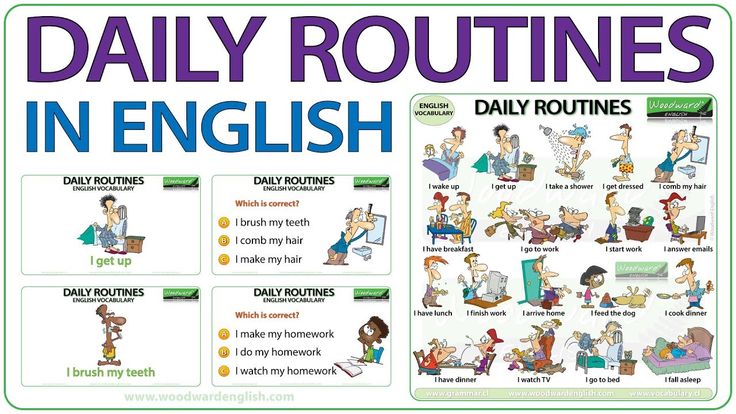 nine0007
nine0007
It should be borne in mind, at the same time, that regular classes in the gym do not at all cancel the desirability of studying at home. If, say, your child goes to a children's dance, then at home it is quite possible to dance with him a little, ask him to repeat what was learned today in the studio. Well, if you do it yourself, then homework, practicing various movements, stretching will become an integral part and even a guarantee of progress.
— Why do we need dances, what do they develop? What are the medical contraindications for dancing? nine0010
When you come to a dance or bring your child to a dance school, it is very important to understand whether the classes will be beneficial. In addition, if you know what physical and mental qualities, motor skills develop certain dance styles, this will undoubtedly help you make the right choice.
Let's start with the choreography. Classes in classical and modern choreography, ballet, ballroom dancing help to form a muscular corset, correct posture.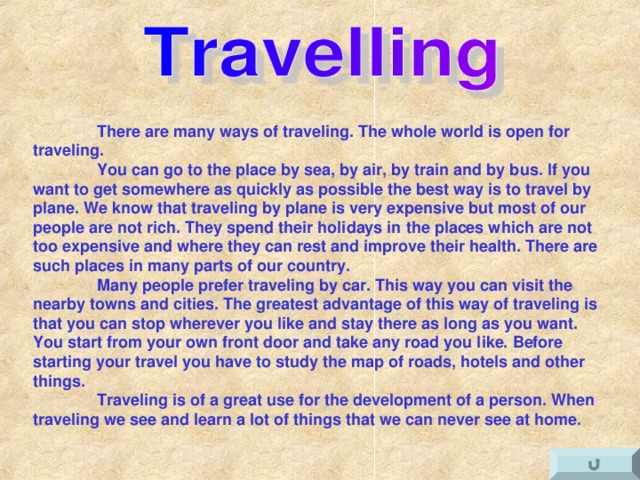 In addition, great attention is paid to stretching. Therefore, if you want to be slim and easily sit on the twine, welcome! However, it must be borne in mind that the same stretch has certain nuances. For example, if by nature you or a child have long ligaments, then it makes sense not to stretch, but to perform muscle strengthening exercises, and to do physiotherapy exercises in parallel. nine0007
In addition, great attention is paid to stretching. Therefore, if you want to be slim and easily sit on the twine, welcome! However, it must be borne in mind that the same stretch has certain nuances. For example, if by nature you or a child have long ligaments, then it makes sense not to stretch, but to perform muscle strengthening exercises, and to do physiotherapy exercises in parallel. nine0007
As for street dances, namely hip-hop, locking, popping and other similar dance styles, their undoubted advantage is that they teach you to relax and control your body, relieve muscle clamps, improve coordination and help you learn a sense of rhythm. It is no secret that many diseases, in particular, diseases of the spine, are associated with the presence of muscle clamps in various parts of the body. These clamps are formed very often under the influence of psychological factors. For example, if you pay attention to the cervical spine, to the shoulders, then with a high degree of probability you will notice that your shoulders seem to be slightly raised, moreover, you were not aware of this before.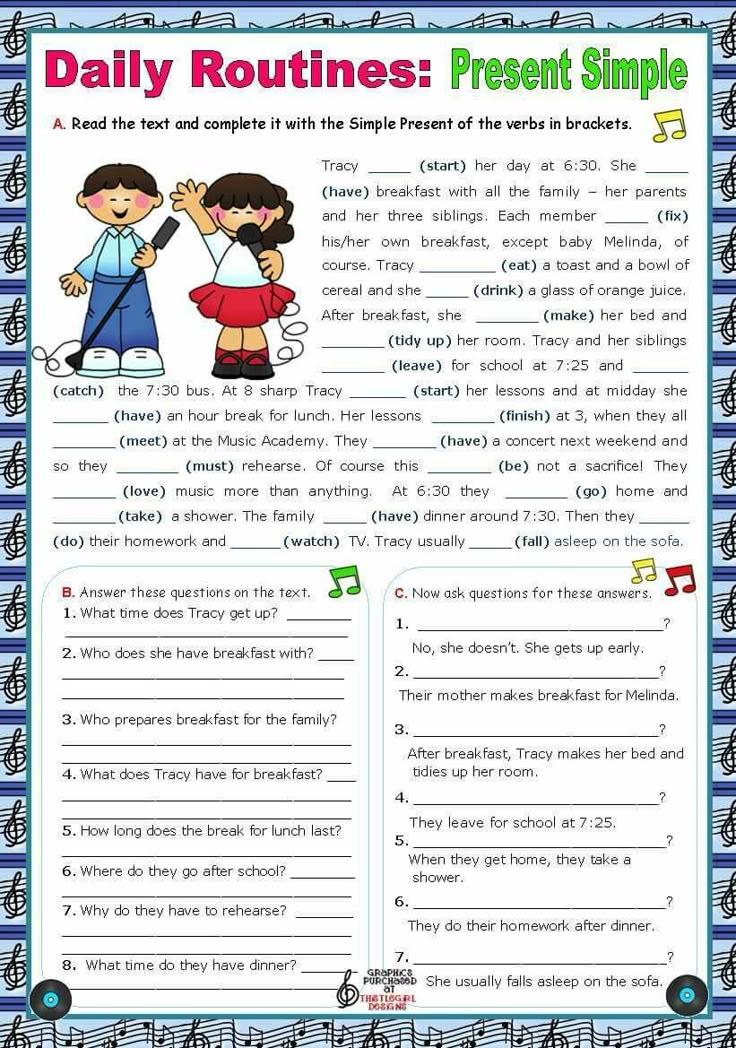 This is one of the typical muscle clamps, which is a reaction, including to everyday stress - remember a cat or dog that bristles in case of danger. Despite the fact that we are not aware of this clamp, it keeps the neck muscles in constant tension, spasms them, and it is the neck and cervical spine that contain the arteries responsible for the blood supply to the brain. That is why it is so important to learn to relax, relieve muscle tension in your own body and, in this way, help yourself to relieve physical stress. Street dancing is an indispensable assistant in this regard, because the technique of performing the same hip-hop requires control over the body and a certain tone, associated, among other things, with muscle relaxation. nine0007
This is one of the typical muscle clamps, which is a reaction, including to everyday stress - remember a cat or dog that bristles in case of danger. Despite the fact that we are not aware of this clamp, it keeps the neck muscles in constant tension, spasms them, and it is the neck and cervical spine that contain the arteries responsible for the blood supply to the brain. That is why it is so important to learn to relax, relieve muscle tension in your own body and, in this way, help yourself to relieve physical stress. Street dancing is an indispensable assistant in this regard, because the technique of performing the same hip-hop requires control over the body and a certain tone, associated, among other things, with muscle relaxation. nine0007
If we talk about practicing such a physically demanding area as breakdancing, then here a contraindication may be diseases in which it is undesirable, say, to lift weights. However, of course, it is better to clarify everything with a doctor.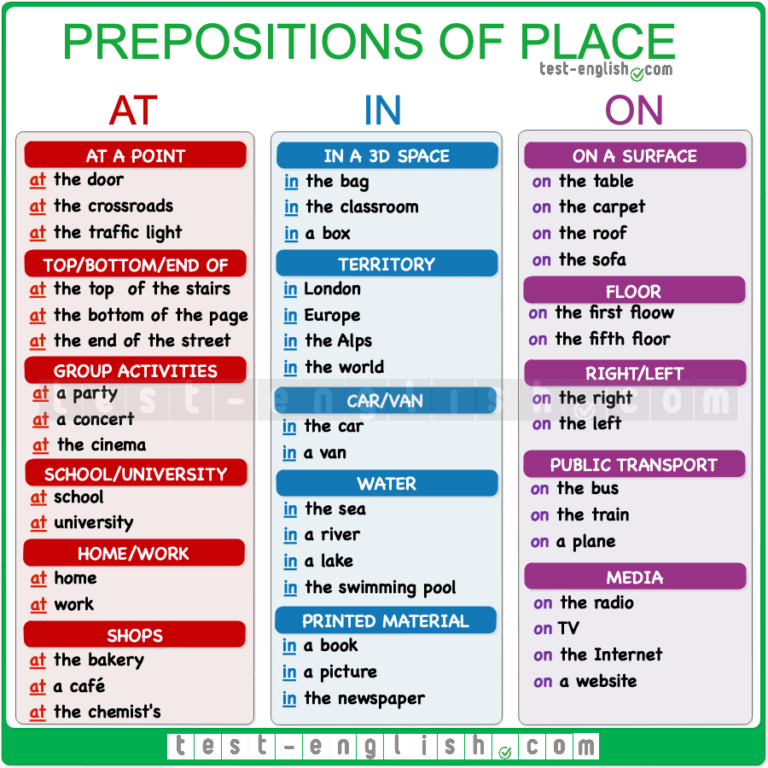 At the same time, this style is an excellent, if not the best, means to strengthen the body, muscles, develop flexibility and endurance. Probably, only gymnastics can compete with him in this, but breakdancing is also a dance, and dancing is always more interesting! Therefore, if you want your child to grow up strong, strong, do not be afraid to sign him up for a break. nine0007
At the same time, this style is an excellent, if not the best, means to strengthen the body, muscles, develop flexibility and endurance. Probably, only gymnastics can compete with him in this, but breakdancing is also a dance, and dancing is always more interesting! Therefore, if you want your child to grow up strong, strong, do not be afraid to sign him up for a break. nine0007
Summarizing the above, we can say that the physical and other benefits of dancing are always obvious. Although it also makes sense to first consult with a doctor you know about contraindications. But in the vast majority of cases, even the presence of any kind of disease is never a factor that prevents people from dancing. You just need to do it wisely, carefully and under the guidance of a competent mentor.
- What do you do when you don't seem to be getting anything? nine0010
Many who have been dancing for a while start wondering how well they dance. Often these thoughts come a few years after the start of classes and, sometimes, force someone to quit classes, because, in their opinion, they do not succeed. Let's look at a few key points to dispel this myth.
Let's look at a few key points to dispel this myth.
First, in dancing, as in any other activity, you must have patience. Immediately, after the first lesson, no one ever becomes a champion. The main thing is to practice regularly, persistently and enjoy the process itself. Then the result will not keep you waiting. nine0007
Secondly, the assessment of one's own result is always subjective and depends on who we compare ourselves with. Let's say, before I started doing modern dance, it seemed to me that some guys at the disco dance very well, but I can't do anything. But very soon I outgrew them, and I begin to compare myself with a coach, and then with champions, world celebrities, the best of the best. It's good to look up to the stars, of course. But when evaluating yourself, look back and look at the whole path that you have traveled. Isn't that the result? nine0007
Thirdly, there is another nuance that is not so obvious, but has a huge impact on self-esteem. Its essence is that in the course of classes, especially over the years, the nature of the material studied, the acquired skills, changes. Accordingly, the evaluation system should also change, and this often does not happen. A simple example is when a person is just starting to dance, he learns the basic steps, movements. And, pretty soon, he already sees the result - so I didn’t know how to do anything, but now I’m already dancing. This is great. But years pass and the same person, continuing to practice, asks himself: "the years go by, but I still dance the same." And he concludes - "probably I have not achieved anything." The mistake is that people do not always realize that if knowledge of the dance base comes at the beginning, then over the years the technique is honed and their own style, their own understanding of dance is developed. nine0007
Accordingly, the evaluation system should also change, and this often does not happen. A simple example is when a person is just starting to dance, he learns the basic steps, movements. And, pretty soon, he already sees the result - so I didn’t know how to do anything, but now I’m already dancing. This is great. But years pass and the same person, continuing to practice, asks himself: "the years go by, but I still dance the same." And he concludes - "probably I have not achieved anything." The mistake is that people do not always realize that if knowledge of the dance base comes at the beginning, then over the years the technique is honed and their own style, their own understanding of dance is developed. nine0007
So remember, if you continue to dance and give yourself and your heart to it, you will continue to develop and will do it better and better. Do not quit what you started, because it is not in vain that they say that the one who walks will master the road. The one who has perseverance and will will always be the winner!
© Vladimir SHEREMETEV, 2016
Any reprint of this material is allowed only with the knowledge and consent of the author. Corrections to the author's text, the use of excerpts, citations without attribution and links to the source are prohibited. nine0004
Corrections to the author's text, the use of excerpts, citations without attribution and links to the source are prohibited. nine0004
Dance thinking and its development: ailev — LiveJournal
Immediately summary of this post:-- we dance not with the body, but with the brain. The body is just a tool, but the brain works.
- the complexity of dance thinking is that one cannot do without a body at all, and other thinking (with reservations about embodied intelligence) can live purely in the brain. Well, the dancer is both the stakeholder and the material.
-- dance thinking is a specialization of systems thinking, it is engineering in nature, its goal is to create a successful dance (cf. successful system). This move has the traditional benefit of fighting complexity. But here you need to take into account: in dance thinking, work with many different viewpoints can be found! There may be many different "subjections" that serve different concerns. nine0136 - before considering dance thinking (patterns of movements to music), you need to deal with bodily psychopractices (which do not pull on thinking, but without which you will dance badly).
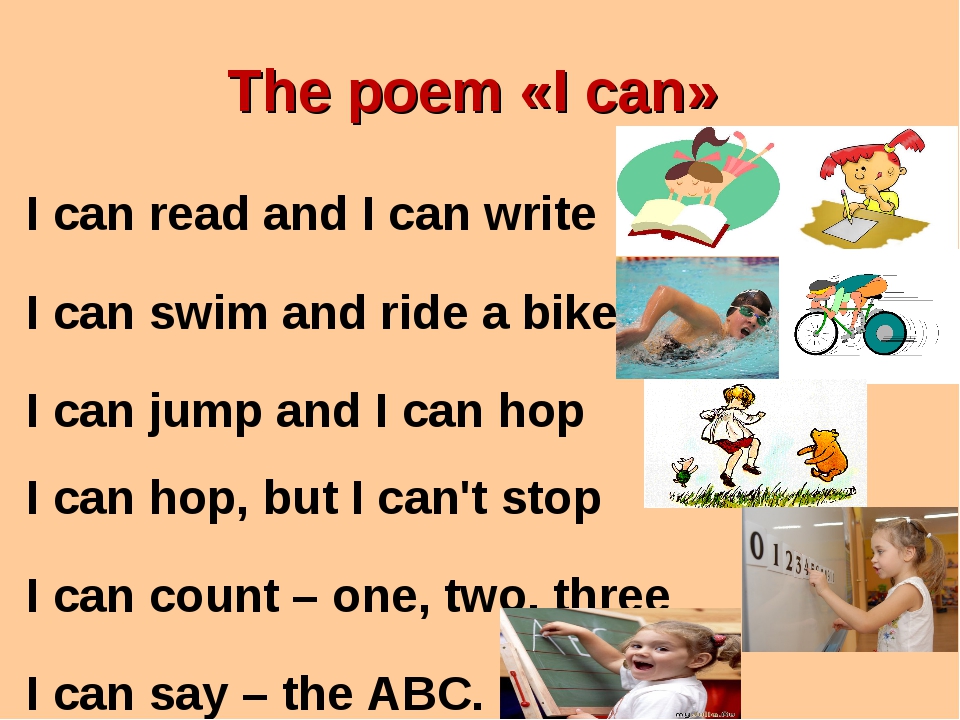
-- dance thinking is interesting only in terms of its development.
- the results of modeling and development of dance thinking should be formalized either as some kind of activity standards (body of knowledge), or immediately in the form of some kind of training course. The easiest way to look for such modeling results today is in the curricula of the best dance schools as "the content of education" (and should not be confused with teaching methods, "how to teach". No, for now we are discussing only "what to teach" in curricula). nine0002 Dance is usually associated with the body, but if you talk to dancers (especially dance teachers who need to quickly teach someone to dance - and preferably to the level of "champions"), it turns out that the brain dances and trains, and the body gradually obeys. Specific thinking takes place in the brain: dance thoughts, like the thoughts of systems thinking, mathematics and everything else, can be conscious or not conscious, this thinking does not live in every individual dancer, but in culture (“between people”, thinking cannot be discussed in Ptolemaic model of man - even if we are talking about a solo dancer).
 nine0007
nine0007 To talk about dance thinking, you need to highlight it somehow. And then it turns out that there are many different ways of thinking about dance, it is multi-level and multi-disciplinary. And since thinking is closely connected with communication (including dance communication, for example, paired social dances), talking about dance thinking becomes no less difficult than talking about any other thinking. Even more complex: in systems thinking, of course, you can add a body (embodied intelligence), but in dance thinking you can’t do without a body, or even several bodies. nine0007
Moreover, dance thinking is hardly distinguishable from non-thinking practices-experiences, which have no rationality, which "just are", which are simply patterned gestalts of states-positions of the mind and states-positions of the body. See, for example, the texts "my three months of kizomba" http://ailev.livejournal.com/1312598.html and "kizomba, exotelo and basic for dancing intellect" http://ailev. livejournal.com/1315064.html
livejournal.com/1315064.html
If, when discussing systems thinking, engineering thinking, one can somehow abstract from the "bearer of thinking" and discuss the ideal flow of thought and the content of this thought, then in dance thinking it is impossible to abstract from the carrier of thinking by principle. As Anton Klimat (this is his pseudonym, he is actually Anton Klimov, the head of the Breakwater studio, which prepares hip-hop champions - https://vk.com/klimat) said a few days ago at a training session, "the dancer needs to be especially honest [reflexive] - because if the artist immediately sees with his eye that he smeared in the wrong place, the musician immediately hears with his ear that he played something wrong, then the dancer is deprived of such an opportunity if he is in the course of the dance does not look in the mirror. At any moment, the dancer must understand what is happening with his body, be honest and truthful in his feelings - this dance is different from other arts. " The focus of dance thinking is the dancer himself and what is happening to him, the dance is inalienable from the dancer. As I already wrote about the dance - here the dancer is both the material of the target system, and the stakeholder, who has his own interests. And so it is necessary to discuss separately "thinking of the material" (psychopractices) and "thinking of the stakeholder" (mental patterns taken from culture). nine0007
" The focus of dance thinking is the dancer himself and what is happening to him, the dance is inalienable from the dancer. As I already wrote about the dance - here the dancer is both the material of the target system, and the stakeholder, who has his own interests. And so it is necessary to discuss separately "thinking of the material" (psychopractices) and "thinking of the stakeholder" (mental patterns taken from culture). nine0007
"Thinking of the material", low-level perceptions and patterns of movement are connected with the body, they make it possible to realize the dancing idea of the dancer-stakeholder - this is "thinking about movements", not even "thinking about dance". This is motor thinking, "about the body and its movements."
The difference between this motor/body and dance thinking is about the same as between rational thinking and its logical foundations (see, for example, http://ailev.livejournal.com/1311261.html) and systems thinking -- the second is not happens without the first, builds on it.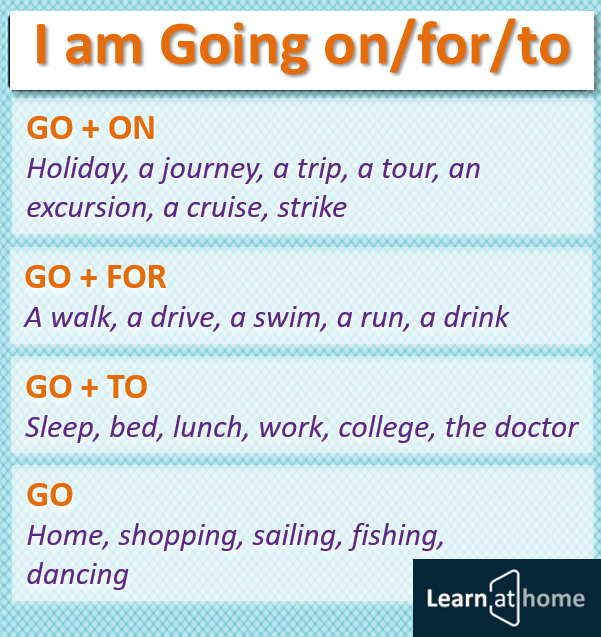 An illogical thinker cannot be a systems thinker. Similarly, a poorly moving (or poorly imagining movement) person cannot be a dancer. But rational thinking together with logical thinking is incorporeal in this regard (although there are nuances about embodied intelligence), but voluntary motor thinking (and not already patterned by dance!) thinking is bodily. Well, it should also be noted that along the line of development of rational thinking, you can get a Nobel Prize, and along the line of development of motor thinking, you can only set a Guinness record (becoming a world champion in some kind of dance or martial arts is also about performing in the arena, see below). "psycho-practices of the animal nature", http://openmeta.livejournal.com/236318.html). nine0007
An illogical thinker cannot be a systems thinker. Similarly, a poorly moving (or poorly imagining movement) person cannot be a dancer. But rational thinking together with logical thinking is incorporeal in this regard (although there are nuances about embodied intelligence), but voluntary motor thinking (and not already patterned by dance!) thinking is bodily. Well, it should also be noted that along the line of development of rational thinking, you can get a Nobel Prize, and along the line of development of motor thinking, you can only set a Guinness record (becoming a world champion in some kind of dance or martial arts is also about performing in the arena, see below). "psycho-practices of the animal nature", http://openmeta.livejournal.com/236318.html). nine0007
The problem is that a good dancer doesn't think about movement in an arbitrary way, but in a very specific way. And this thinking can also be taught, and taught explicitly. The difference in explicit (through intelligible explanations of the principles and then through specially selected exercises) and implicit ("on the best samples", according to the principle "do as I do", i. e. purely on mirror neurons, "like monkeys") learning is usually five once in time. If you don’t want to learn five times faster, then you don’t need to “learn through awareness”, and then you could not talk about this “thinking of the material”. From motor practices, I mentioned such a transition to intelligible learning, I know in taijiquan (section " learning taijiquan" at http://ailev.livejournal.com/1013825.html), piano (http://ailev.livejournal.com/944960.html), and from the ones I recently met - just Anton Klimat's movement training school.
e. purely on mirror neurons, "like monkeys") learning is usually five once in time. If you don’t want to learn five times faster, then you don’t need to “learn through awareness”, and then you could not talk about this “thinking of the material”. From motor practices, I mentioned such a transition to intelligible learning, I know in taijiquan (section " learning taijiquan" at http://ailev.livejournal.com/1013825.html), piano (http://ailev.livejournal.com/944960.html), and from the ones I recently met - just Anton Klimat's movement training school.
Boris Mayer just told me that he discovered a "general motor processor" in a person, which is suitable for superimposing any movement patterns on him - even ballroom dancing, even any other dances, even taijiquan, even any other martial arts. But he is personally interested in taijiquan, and therefore he is not particularly involved in explicitly describing and highlighting the practices of teaching motor skills as such, the practices of thinking about your body as a moving body, the psychopractices of bodily movement as such, not yet patterned by kizomba, taijiquan or a waltz from sports dances .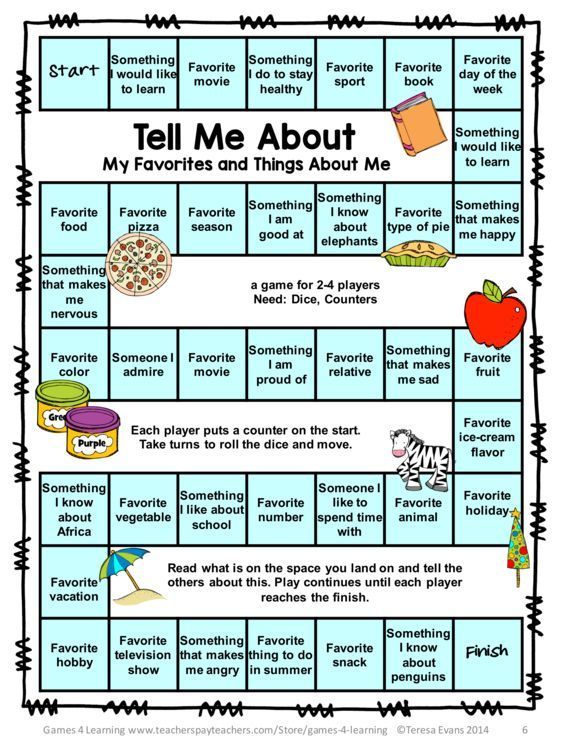 Anton Klimat is about the same about this level of motor skills, only in relation to hip-hop in general and wavering in particular: he clearly does not distinguish it, but understands its existence well. This gives both the acceleration of learning for their students five times compared to learning the movements immediately patterned by their movement styles - that is, the gain in speed is obtained by dividing the actual dance (taijiquan is exactly the same dance as any other in my imagination), those. culturally patterned movement and movement as such, not yet affected by patterning, but conscious and developed for the perception of this patterning - prepared for the rapid development of the actual dance (in a specific dance or sports style) movement. nine0007
Anton Klimat is about the same about this level of motor skills, only in relation to hip-hop in general and wavering in particular: he clearly does not distinguish it, but understands its existence well. This gives both the acceleration of learning for their students five times compared to learning the movements immediately patterned by their movement styles - that is, the gain in speed is obtained by dividing the actual dance (taijiquan is exactly the same dance as any other in my imagination), those. culturally patterned movement and movement as such, not yet affected by patterning, but conscious and developed for the perception of this patterning - prepared for the rapid development of the actual dance (in a specific dance or sports style) movement. nine0007
The leading scheme for me in thinking about this bodily level, the boundary between thinking and just psychopractices, is the scheme of the (cyber)psyche (see the report "engineering of the psyche" http://openmeta.livejournal. com/238030.html slide 13 https://www.slideshare.net/ailev/ss-58654585), and taking into account the possibility of the emergence of cyber components, http://openmeta.livejournal.com/237056.html (I myself tried to understand how I move smoothly using the graph from the accelerometer in the phone.There are gadgets for athletes like "smart racket", there will certainly be gadgets for dancers). nine0007
com/238030.html slide 13 https://www.slideshare.net/ailev/ss-58654585), and taking into account the possibility of the emergence of cyber components, http://openmeta.livejournal.com/237056.html (I myself tried to understand how I move smoothly using the graph from the accelerometer in the phone.There are gadgets for athletes like "smart racket", there will certainly be gadgets for dancers). nine0007
A good dancer thus has different points of attention on the body and other ways of controlling the body, other possibilities -- and these possibilities come to the body "through the brain", there are no other ways! Say, where does the beauty of hand movements come from?
1. Some muscles stop interfering with other muscles (isolation as the ability to contract one muscle, not large groups of muscles, which immediately gives you completely different possible trajectories of movement, as well as plasticity - the ability of a muscle not only to contract, but also to stretch, which adds significantly to the range of possible trajectories). Anton Klimat offers here some special training based on three modes of muscle work: tension (pressure sensation), stretching (burning sensation), relaxation (limp sensation). And you need to train conscious control of all three states, and in times less than a second (dancing is fast! And if under tension this “less than a second” looks like a ridiculous requirement, then try to relax some tricky muscles that control the position of the pelvis in less than a second! relax any flexor, the extensor will not be able to fully work, and vice versa). Brain training here is simple, but it takes a significant amount of time: a) to “catch” the right muscle with its “clamp” with attention, and b) learn how to relax and strain it (and other muscles will stretch it, but only when it can be relaxed). nine0007
Anton Klimat offers here some special training based on three modes of muscle work: tension (pressure sensation), stretching (burning sensation), relaxation (limp sensation). And you need to train conscious control of all three states, and in times less than a second (dancing is fast! And if under tension this “less than a second” looks like a ridiculous requirement, then try to relax some tricky muscles that control the position of the pelvis in less than a second! relax any flexor, the extensor will not be able to fully work, and vice versa). Brain training here is simple, but it takes a significant amount of time: a) to “catch” the right muscle with its “clamp” with attention, and b) learn how to relax and strain it (and other muscles will stretch it, but only when it can be relaxed). nine0007
2. Control points are tied to bones and joints, and not to the usual ordinary coordinates. For example, you can lift and rotate the shoulder, or you can lift and rotate the scapula - of course, the movement of the scapula (i. e., the movement that is perceived in the mind as controlling the scapula, not the shoulder) leads to a rise and torsion of the shoulder. But the style will be significantly different: the movements of the scapula (well, or "from the scapula", as the dancers say) will be softer, smoother, and more varied. The problem here is that it is difficult to even imagine the movement of the scapula, it is difficult to control the different muscles that pull it up. But it is very easy to imagine and control the muscles when it comes to shoulder movement. This is the first task: to retrain the brain. Another example is the movements of the pelvis (try to twist it in different planes, this is a rude "plate" - and you need to be able to somehow turn it, quickly and accurately), movements of the spine in the region of the upper ribs (usually there is nothing at all moves unless you specifically design this place - but if you want to send a wave through the body, you will need this movement). nine0007
e., the movement that is perceived in the mind as controlling the scapula, not the shoulder) leads to a rise and torsion of the shoulder. But the style will be significantly different: the movements of the scapula (well, or "from the scapula", as the dancers say) will be softer, smoother, and more varied. The problem here is that it is difficult to even imagine the movement of the scapula, it is difficult to control the different muscles that pull it up. But it is very easy to imagine and control the muscles when it comes to shoulder movement. This is the first task: to retrain the brain. Another example is the movements of the pelvis (try to twist it in different planes, this is a rude "plate" - and you need to be able to somehow turn it, quickly and accurately), movements of the spine in the region of the upper ribs (usually there is nothing at all moves unless you specifically design this place - but if you want to send a wave through the body, you will need this movement). nine0007
The passage "through awareness" in this training of "bodily thinking", thinking "dancer as material", this education of self-perception and self-control through a clear connection "brain-body" takes about five times less time than through unconscious repetitions of some movements. And the practices of this "bodily awareness" are approximately the same in all schools. So, “dance meditation”, work with the brain-without-the-body works well (well, or on micro-movements, when the muscles do not work at full strength, but only twitch a little, imperceptibly to the eye). The climate calls it break meditation, but it is also described for practicing piano playing, and it was also used by Mahmud Esenbaev for his training, and Cameron-Bostick likes to talk about it, who “does ballet” in the hospital. “Dancing inside the head” (or playing a musical instrument “inside the head”) and micromovements is already a common place, but this is a move towards awareness, towards psychopractice, although not yet towards some kind of civilized thinking. But when you "inside your head" pull not with your shoulder, but with a shoulder blade - at this moment culture works, the bodily thinking transferred to you works. nine0007
And the practices of this "bodily awareness" are approximately the same in all schools. So, “dance meditation”, work with the brain-without-the-body works well (well, or on micro-movements, when the muscles do not work at full strength, but only twitch a little, imperceptibly to the eye). The climate calls it break meditation, but it is also described for practicing piano playing, and it was also used by Mahmud Esenbaev for his training, and Cameron-Bostick likes to talk about it, who “does ballet” in the hospital. “Dancing inside the head” (or playing a musical instrument “inside the head”) and micromovements is already a common place, but this is a move towards awareness, towards psychopractice, although not yet towards some kind of civilized thinking. But when you "inside your head" pull not with your shoulder, but with a shoulder blade - at this moment culture works, the bodily thinking transferred to you works. nine0007
There are many ways to define/describe dance that are important for conscious thinking about dance. For example, all systems of external recording of movements will not be adequate as "notes" for a dancer - for a dancer moving "inside the head" with a spatula will have to somehow translate a description into another system of motor thinking, in which the movement of the shoulder, which is clearly visible from the outside, will most likely be recorded. ! Here's about these dance notations: http://ailev.livejournal.com/76767.html - there is an emphasis on performance, meaning "outside view". This is a notation for thinking about the dancer, not the movement thinking of the dancer himself. Although both can formally be attributed to dance thinking, but these are completely different manifestations of it! Moreover, this is a recording of "just movements", while the actual dance thinking works in a patterned way. In the same kizomba, all thinking revolves around exits to various sayids, and not around individual movements of the legs. Thus, you need to record patterns, not individual movements! nine0007
For example, all systems of external recording of movements will not be adequate as "notes" for a dancer - for a dancer moving "inside the head" with a spatula will have to somehow translate a description into another system of motor thinking, in which the movement of the shoulder, which is clearly visible from the outside, will most likely be recorded. ! Here's about these dance notations: http://ailev.livejournal.com/76767.html - there is an emphasis on performance, meaning "outside view". This is a notation for thinking about the dancer, not the movement thinking of the dancer himself. Although both can formally be attributed to dance thinking, but these are completely different manifestations of it! Moreover, this is a recording of "just movements", while the actual dance thinking works in a patterned way. In the same kizomba, all thinking revolves around exits to various sayids, and not around individual movements of the legs. Thus, you need to record patterns, not individual movements! nine0007
Here's another example of this "external", visual thinking about dance -- Optimal asymmetry and other motion parameters that characterize high-quality female dance, http://www. nature.com/articles/srep42435. The article draws a connection between the ability of women to make asymmetrical movements (which shows a high degree of development of the body and brain) and her "femininity", the perception of male as a potential partner and female as a potential competitor. Further, these results can be translated into an engineering plane: to teach dancing in such a way as to "make the right impression" (well, and generally discuss the requirements for dancing). Well, or declare the entire article nonsense: perception in dances depends more on culture, it is artificial, comes from thinking, and not from "instincts" - and if the study carried out in the article is repeated on people from the hinterland of Africa, in the US ballet school and the village urban type in the Far North of Russia, the results will be quite different. nine0007
nature.com/articles/srep42435. The article draws a connection between the ability of women to make asymmetrical movements (which shows a high degree of development of the body and brain) and her "femininity", the perception of male as a potential partner and female as a potential competitor. Further, these results can be translated into an engineering plane: to teach dancing in such a way as to "make the right impression" (well, and generally discuss the requirements for dancing). Well, or declare the entire article nonsense: perception in dances depends more on culture, it is artificial, comes from thinking, and not from "instincts" - and if the study carried out in the article is repeated on people from the hinterland of Africa, in the US ballet school and the village urban type in the Far North of Russia, the results will be quite different. nine0007
In any case, from the level of the motor base, the "movement processor", the sensation of the body from the inside and the pattern of body movement from the outside (as well as the relationship between dance and music - working with rhythm at least, phrasing in music, weaving rhythm and form of dance movements into rhythm and form of parts of musical instruments in music - see the initial list of skills in "the most important skills of a dancer" http://ailev. livejournal.com/1324775.html) we can go to the next level of dance thinking - where there are no longer separate movements, and their pattern, i.e. dance. By and large, dance thinking will work with dance, while the body and its control will be considered developed. nine0007
livejournal.com/1324775.html) we can go to the next level of dance thinking - where there are no longer separate movements, and their pattern, i.e. dance. By and large, dance thinking will work with dance, while the body and its control will be considered developed. nine0007
There are also several different levels here, since different people are concerned about different things, everyone has their own concerns (concerns):
-- within the given dance language (patterns of movements of some kind of dance). Thinking is dogma, the canon of some kind of dance or dance family. Here, too, you can set different perspectives, build different methods of description, build a canon in different ways. For example, postulating a dance as inseparable from its music, or deriving a canon from the performance of some particular dance school (and albeit a large one - say, city parties somewhere in Luanda) at some period of time (say, in 80- years of the last century), or deriving the canon from some historical considerations, or simply referring to authorities with their "sense of correctness", or making attempts to formalize some ideas and mercilessly cutting off everything that does not fit under it. For example, discussions of "true kizomba" from this series. But further within the framework of the canon, this thinking also exists, we can talk about the degree of its development, wealth or limitation, productivity or secondary. nine0136 - outside the given dance language, in other words - the development of dance, going beyond the limits of some kind of canon.
For example, discussions of "true kizomba" from this series. But further within the framework of the canon, this thinking also exists, we can talk about the degree of its development, wealth or limitation, productivity or secondary. nine0136 - outside the given dance language, in other words - the development of dance, going beyond the limits of some kind of canon.
-- beyond the boundaries of dance as such, access to broader cultural patterns (for example, along the lines of hip-hop culture, where breakdancing is only one of the components of a wider culture, and the canon is wider, as well as development is not only breakdance).
-- beyond these broader patterns, out into patterned thinking as such. nine0007
And at each of these levels, one can talk about "perception from within as a dancer", "perception as a dance partner", "perception by observers/spectators/judges/friends" -- and further attempts to satisfy the most diverse interests/concerns of all the most diverse interests , realizing that dance as a "successful system" is very difficult to make.
Here it should be noted separately that dancing is clearly not science, but engineering - therefore, systems thinking is quite applicable to dancing. In this regard, in dancing, the task is to create (realization, "bringing into reality") a successful dance (successful dance), which satisfies, if possible, all stakeholders - both the dancer himself from the inside, and his partner / partner (also from the inside, remember about the connection! ), and viewers, and parents, and many, many others. Remember that a successful system is included in the very first phrase of the systems engineering definition - it is a system that satisfies the expectations of the project stakeholders (see the very first phrase in the systems engineering definition: http://www.incose.org/AboutSE/WhatIsSE). Well, those familiar with systems engineering do not need to be told that the dance "here and now" is just a 4D individual (a kind of "worm in space-time"), we even especially analyze this example in the classes of systems thinking.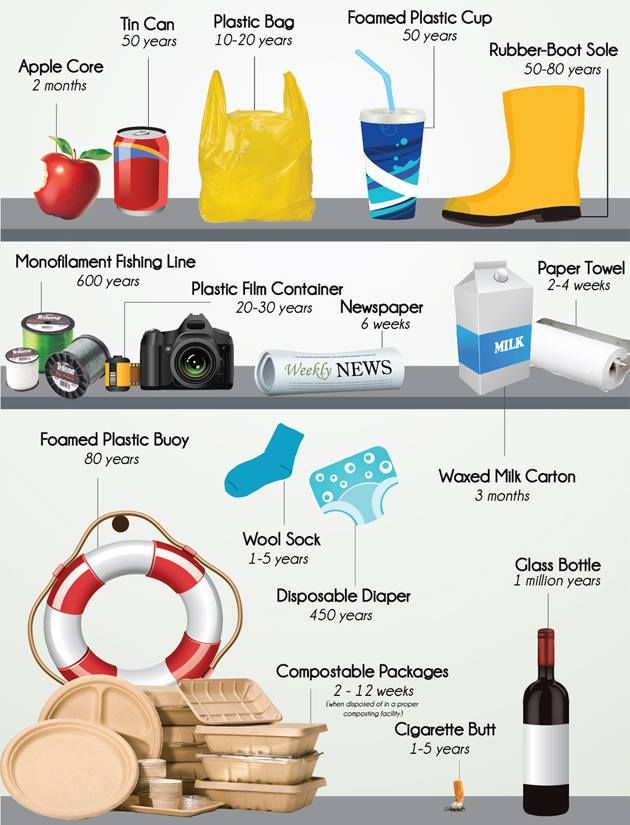 nine0007
nine0007
So I personally would finally become non-pop, non-humanitarian and non-poetic, and build further reasoning about dance thinking as about engineering thinking, and to the extent that dance implies collective forms of its existence, I would also add managerial thinking. Thus, I would talk about dance thinking and dance practices in much the same way as about the thinking and practices of programmers, or the thinking of machine learning system engineers - what is there with the requirements for the dance, what is there with the architecture, what are the modules in the dance and what components , and even what kind of placements there are in the dance. Everything is not so original, but such an approach certainly allows you to somehow take into account the plurality of stakeholders in the dance and the plurality of their interests. Including interests in poetry, pop, ease of perception, compliance with some cultural canons, etc. material", and as "stakeholders", so that the methods of traditional "iron" and software engineering are unsuitable for creating dances.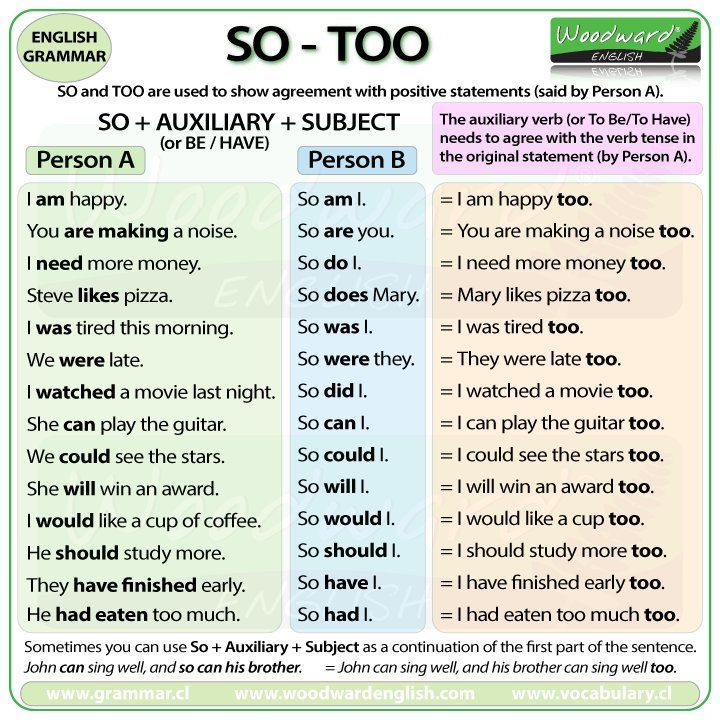 However, these engineering methods are many and they work. They reduce complexity in dealing with different situations, they provide reproducible results, they enable teamwork. And they leave a huge scope for creativity, no one has yet canceled the work of the head for that same engineering thinking - it does not cancel the engineering approach to dance and the work of the head for the manifestation of creativity in dance thinking. nine0007
However, these engineering methods are many and they work. They reduce complexity in dealing with different situations, they provide reproducible results, they enable teamwork. And they leave a huge scope for creativity, no one has yet canceled the work of the head for that same engineering thinking - it does not cancel the engineering approach to dance and the work of the head for the manifestation of creativity in dance thinking. nine0007
Thus, above "body thinking", "motor thinking" there appears a level of patterned dance thinking within the framework of some kind of dance tradition.
In a good way, I would need to develop this idea further and tell what are the modules of the dance, what are the interfaces, which concerns of which stakeholders are made out by which viewpoints - with examples, without "bird language", understandable to dancers and the general public . But I won't do it.
Instead, I note that there are recognized pioneers in engineering - they propose new architectures that respond to new architectural requirements.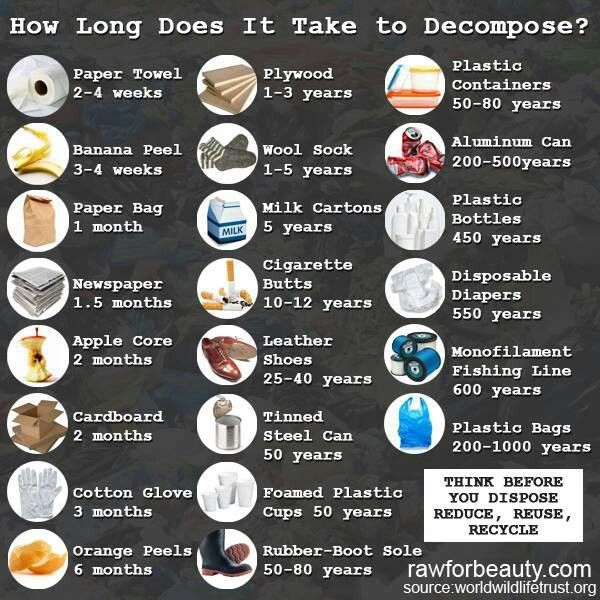 What was previously considered impossible by a variety of stakeholders is becoming possible with these pioneers. They push the boundaries of the possible, they create the new. The rest are second-moverers, third-moverers and other rearguards and gray masses. This argument about engineering fully applies to dancing. nine0007
What was previously considered impossible by a variety of stakeholders is becoming possible with these pioneers. They push the boundaries of the possible, they create the new. The rest are second-moverers, third-moverers and other rearguards and gray masses. This argument about engineering fully applies to dancing. nine0007
The main innovation of this post is a suggestion to take from engineering the methods of dealing with complexity that allow you to create successful engineering systems and apply them to dance. This will allow mass and conscious creation of successful dances. Moreover, it will allow the development of dances, making them more complex and sophisticated, but without going beyond the limits of ordinary human capabilities.
You can get great pleasure by dancing the same waltz in its dogmatic version from youth to old age. There are stakeholders who need exactly this, this is an ideal. All their thinking is slowly moving into the unconscious, leaving a pure and uncomplicated trance - either a change of partner or a change of music can bring variety. But I'm not one of those conservatives. Art, including in its social, rather than professional and performative forms, develops and grows with new languages, new styles, new thoughts, and not by carefully preserving and polishing the classics. This discussion about art fully applies to dances, exactly the same as about engineering, which is also valuable for the by no means careful preservation of some kind of bridge building as of the middle of the last century. nine0007
But I'm not one of those conservatives. Art, including in its social, rather than professional and performative forms, develops and grows with new languages, new styles, new thoughts, and not by carefully preserving and polishing the classics. This discussion about art fully applies to dances, exactly the same as about engineering, which is also valuable for the by no means careful preservation of some kind of bridge building as of the middle of the last century. nine0007
When it comes to dance thinking, development is important to me - creating new dances that will be successful for more and more dancers, spectators, judges, art historians, DJs, friends, families and other people affected by dance.
To do this, dancers must have their own R&D, engineering (and sometimes just scientific) research and development. There should be experiments that go beyond what is already known and tested. There must be passages into new dances, there must be finds of rich and expressive dance languages. nine0007
nine0007
Six months ago I found the social dance "kizomba" and found that it is largely inexhaustible -- research and development, formulating new requirements and building new kizomba architectures. Or no longer kizomba? It does not matter what words to call and what classification will then be built post factum. But it is important where and how the dance is developing, how the "dance engineers" communicate, how the research is organized. nine0007
The dance industry is like the mass production of dance -- it happens at parties. Thousands and thousands of dances are produced there. Yes, sometimes something new is also produced there, a party at the same time and an "exhibition of the achievements of the dance economy." But more often than not, new things are produced purposefully in the course of research and development, and this happens mainly in dance schools. Of course, schools are different. Most dance schools are just educational institutions: their teachers take master classes in various other schools and then pass on knowledge to students, preserving the canon. But there are dance schools focused on research. An example of such a dance school in Moscow is AfroFusion (http://afrofusion.ru/). For example, here is one of their research products: Kizomba Fusion -- https://youtu.be/whNe6zgPrV0. This is not the only result of the research. AfroFusion teachers lead a community https://vk.com/kizombamoscow, where a lot of materials on Fusion Kizomba have been published over the past few months - and most often today this is the junction of kizomba and dubstep (I myself, by the way, noticed that the frontier of kizomba is creeping towards dubstep back in November -- http://ailev.livejournal.com/1310496.html, http://ailev.livejournal.com/1311543.html. But AfroFusion noticed this earlier - in addition to several kizomba programs (very different: traditional, classical, fusion, urban kiz, tarraxa and even tarrax'osteo) there is also a dubstep group led by the same Anton Klimat. And this group is attended not only by ordinary students like me, but also by teachers.
But there are dance schools focused on research. An example of such a dance school in Moscow is AfroFusion (http://afrofusion.ru/). For example, here is one of their research products: Kizomba Fusion -- https://youtu.be/whNe6zgPrV0. This is not the only result of the research. AfroFusion teachers lead a community https://vk.com/kizombamoscow, where a lot of materials on Fusion Kizomba have been published over the past few months - and most often today this is the junction of kizomba and dubstep (I myself, by the way, noticed that the frontier of kizomba is creeping towards dubstep back in November -- http://ailev.livejournal.com/1310496.html, http://ailev.livejournal.com/1311543.html. But AfroFusion noticed this earlier - in addition to several kizomba programs (very different: traditional, classical, fusion, urban kiz, tarraxa and even tarrax'osteo) there is also a dubstep group led by the same Anton Klimat. And this group is attended not only by ordinary students like me, but also by teachers.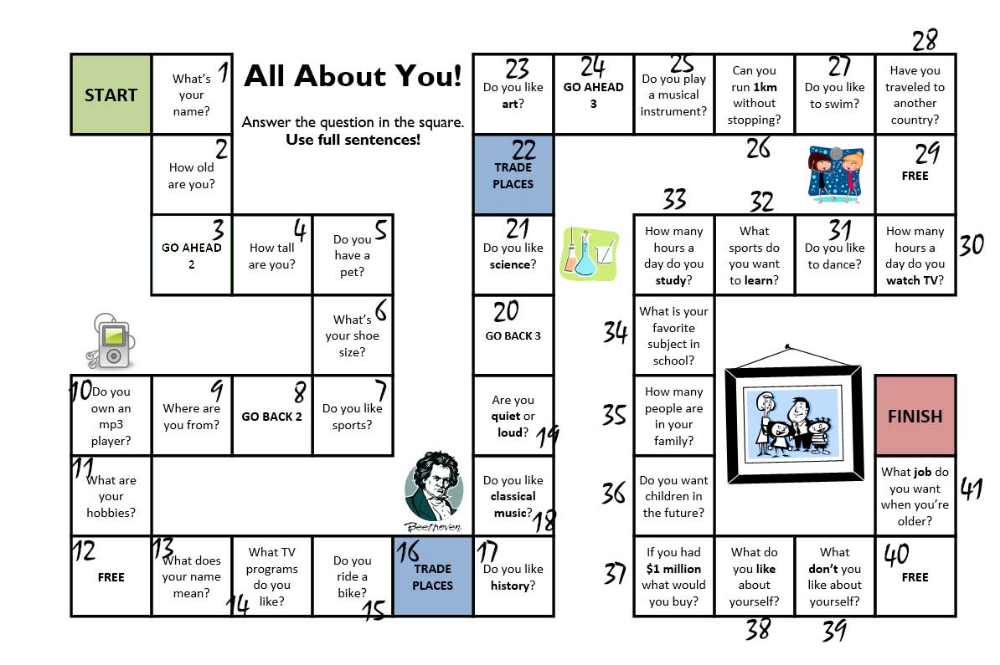 Well, the dubstep itself in this group is tailored to the interests of kizomba, this is also part of the research - but Anton's research in terms of the development of hip-hop in its fusion with other dances, the development of dance thinking of illusory styles. nine0007
Well, the dubstep itself in this group is tailored to the interests of kizomba, this is also part of the research - but Anton's research in terms of the development of hip-hop in its fusion with other dances, the development of dance thinking of illusory styles. nine0007
AfroFusion teachers also lead the Yu community, where they publish their "projects" on the study of dance novelties (for example, there was a series of publications on urban tarraxa), biographies of figures in the kizomba world and other things that cannot be called "research and development", but what demonstrates some level of reflexivity in work. The same can be said about Thierry Déa's studio in St. Petersburg, they put on a rebit there: https://vk.com/video175030_456239031 - although I wouldn't say that we are talking about some kind of "creating a new one", but it's a disaster Start. Experiments go with movements, with music, the results are laid out on video (here is Dnepropetrovsk - https://youtu.be/lpNcbuIZQ3g, here is Krasnodar - https://youtu. be/fcb0TXThmMU, here is Kaliningrad - https://www .youtube.com/channel/UCCP-WhRAISTmE6ZSsgmkFgw, and this is not the whole list). I would draw attention to the fact that this is not so much about "advertising videos" and demonstrations of various "shows" (which can be extremely negatively perceived by fans of social dances, there is an opinion that "teaching kizomba" and "shows" incompatible with kizomba itself!). I would pay attention to the fact that there is some kind of research activity, some kind of development, some kind of advancement of the boundaries of dance, attempts to take some step in the development of dance thinking. nine0007
be/fcb0TXThmMU, here is Kaliningrad - https://www .youtube.com/channel/UCCP-WhRAISTmE6ZSsgmkFgw, and this is not the whole list). I would draw attention to the fact that this is not so much about "advertising videos" and demonstrations of various "shows" (which can be extremely negatively perceived by fans of social dances, there is an opinion that "teaching kizomba" and "shows" incompatible with kizomba itself!). I would pay attention to the fact that there is some kind of research activity, some kind of development, some kind of advancement of the boundaries of dance, attempts to take some step in the development of dance thinking. nine0007
GP Shchedrovitsky wrote a book "Pedagogy and Logic", where he clearly showed: if there is no combined research and educational activities, then education cannot be of high quality. This I mean that if we are talking about "research schools", then the education in them will be of high quality, there is a chance to teach dance thinking, to make this thinking conscious. And if it's "just a school" that takes dance thinking in its unreflected form and tries to transfer it unconsciously to its students - I'm sorry, but such a school will only release good dancers into life by chance. nine0007
And if it's "just a school" that takes dance thinking in its unreflected form and tries to transfer it unconsciously to its students - I'm sorry, but such a school will only release good dancers into life by chance. nine0007
There is also a real university science of dance, and there is a lot of it on the Internet in a variety of languages. There, higher dance education is close, and even academic degrees in dance and their study. But usually this is far from life, it is a "theory", not life. For life, some Portuguese professor (not a university professor, but just a "teacher"! This is not English, everyone confuses the translation here!) Like mestre Petchu (http://www.mestrepetchukilandu.com/biografia.html, here is an example of him work -- he explains the basic movements of tarraxinha -- https://youtu.be/aHbjn_JQLa0) is often more influential than a major university graduating dancers with a real high school diploma. nine0007
Well, you can't say in a nutshell about dance thinking itself, volumes have already been written about it (as well as about systems thinking, computational thinking and any other thinking, as well as "just thinking").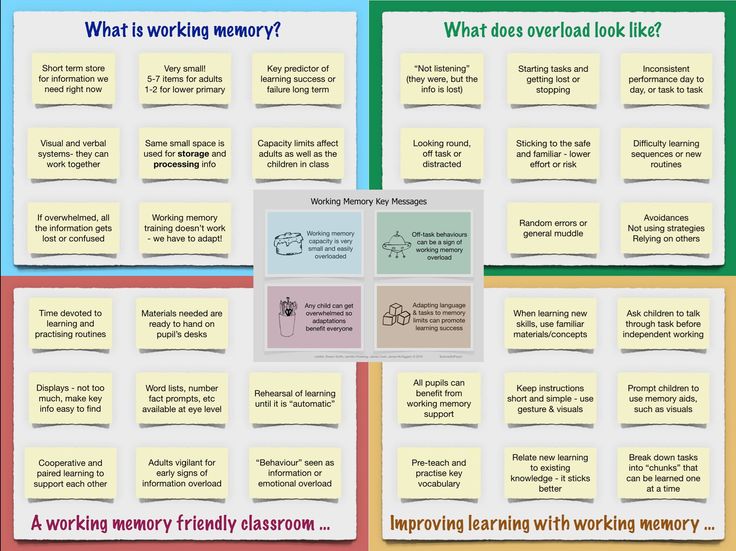 But I will repeat the main idea of this post: it is worthless to try to describe it, to develop it, if we are not talking about education. For I adhere to a constructivist interpretation: if you understand what the essence of dance thinking is, then be ready to demonstrate it in the educational process, i.e. take a student (and even yourself) and show how your version gives a successful dance with less effort, in less time than other methods. Well, or with a comparable time, it gives a more successful dance than the dances obtained by other variants of dance thinking, or even "beyond thinking". This applies to all thinking. If you figured out how to think well, then write a textbook and do exercises for it - create a training course for good thinking. Without this, any talk about thinking is meaningless. nine0007
But I will repeat the main idea of this post: it is worthless to try to describe it, to develop it, if we are not talking about education. For I adhere to a constructivist interpretation: if you understand what the essence of dance thinking is, then be ready to demonstrate it in the educational process, i.e. take a student (and even yourself) and show how your version gives a successful dance with less effort, in less time than other methods. Well, or with a comparable time, it gives a more successful dance than the dances obtained by other variants of dance thinking, or even "beyond thinking". This applies to all thinking. If you figured out how to think well, then write a textbook and do exercises for it - create a training course for good thinking. Without this, any talk about thinking is meaningless. nine0007
This means that dance thinking can be found in the curricula of the best dance schools. And then you can try to overcome the complexity, relying on systemic and engineering thinking about dance.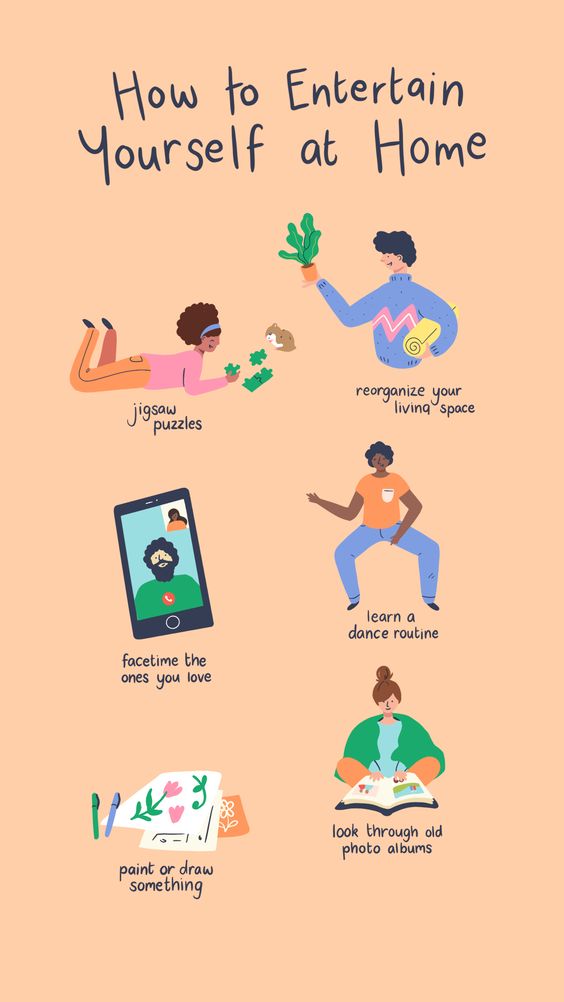
UPDATE: Facebook discussion -- https://www.facebook.com/ailevenchuk/posts/10209485959599942
Track concern (wow!) with the text of the first few lines of the post from Valery Veryaskin (https://www.facebook.com /valery.veryaskin) -- https://www.dropbox.com/s/t3av2yybeezx3rj/concerns.mp3?dl=0
Anton Klimat's review -- https://vk.com/wall7236650_5234
Huge discussion of various dancers -- https://www.facebook.com/alexandra.vilvovskaya/posts/10154668226083705 (and a lot of my clarifying comments)
Discussion with emphasis on the "interpretation" of both dances and neural networks and a systematic approach: https://www.facebook.com/alexander.girshon/posts/1640359375980662
Discussion, including about "alchemy and chemistry" in dance, as well as the possibility of an engineering approach https://www.facebook.com/groups/fulldayideokinesis/permalink/1838725396157102/
Discussion in the KIZOMBA community (alas, only a small part of the post was published there - but the discussion about "muscle memory" and dancing did take place): https://vk.
